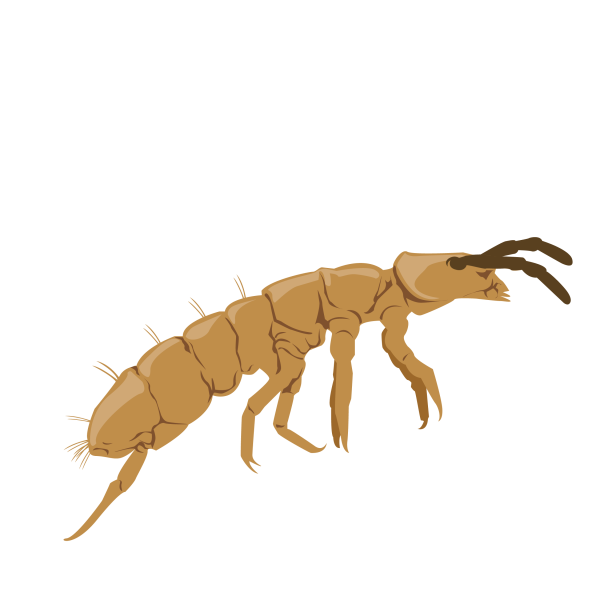Decomposers and nutrient cyclers
- Ecosystem: Terrestrial
- Species group: Invertebrates
- Publications: Arctic Terrestrial Biodiversity Monitoring Plan

Springtail
Jose A. Sencianes
Jose A. Sencianes
Download this table as CSV
| FECs Group | Parameter | Attributes | Priority | Extreme Events | Scale | Complexity | Recurrance | Method | Notes |
|---|---|---|---|---|---|---|---|---|---|
| Decomposers and nutrient cyclers | Diversity | Species richness (estimates) | Essential | Local |
| Annually | Sampling can be conducted over a short time should that be all that logistics allow. Collembolans are feasible to include concerning taxonomy. A trait-based (light-weight pseudotaxonomy shortcut) approach may be proposed in the future. Enchytraids and mites are difficult to identify. DNA barcoding will provide a solution to this obstacle and deliver presence/absence data (CBOL program). It is also possible to use higher level taxonomy instead of species to increase feasibility. | ||
| Decomposers and nutrient cyclers | Abundance | Density estimates i.e., number per standard soil core | Essential | Local |
| Annually | Abundance data (i.e., density) are collected with the same protocols as used for determining species richness; straight-forward | ||
| Decomposers and nutrient cyclers | Spatial structure | Species presence/absence | Essential |
|
| Annually at first; 3-5 years afterwards | For some taxa, getting presence/ absence is possible and high priority, given high feasibility (i.e. taking soil cores); DNA barcoding will facilitate this in the future | ||
| Decomposers and nutrient cyclers | Demographics | Voltinism, population growth rate | Recommended | Local |
| Monthly | |||
| Decomposers and nutrient cyclers | Phenology | Phenology | Recommended | Local |
| Monthly | |||
| Decomposers and nutrient cyclers | Ecosystem functions and processes: Nutrient levels | NPK | Recommended | Local | Advanced | As required | These nutrients are a result of invertebrate activity within the soil/ tundra. | ||
| Decomposers and nutrient cyclers | Ecosystem functions and processes: Decomposition | % mass loss | Recommended | Local |
| As required | These nutrients are a result of invertebrate activity within the soil/ tundra. |
 Arctic Council Working Group
Arctic Council Working Group